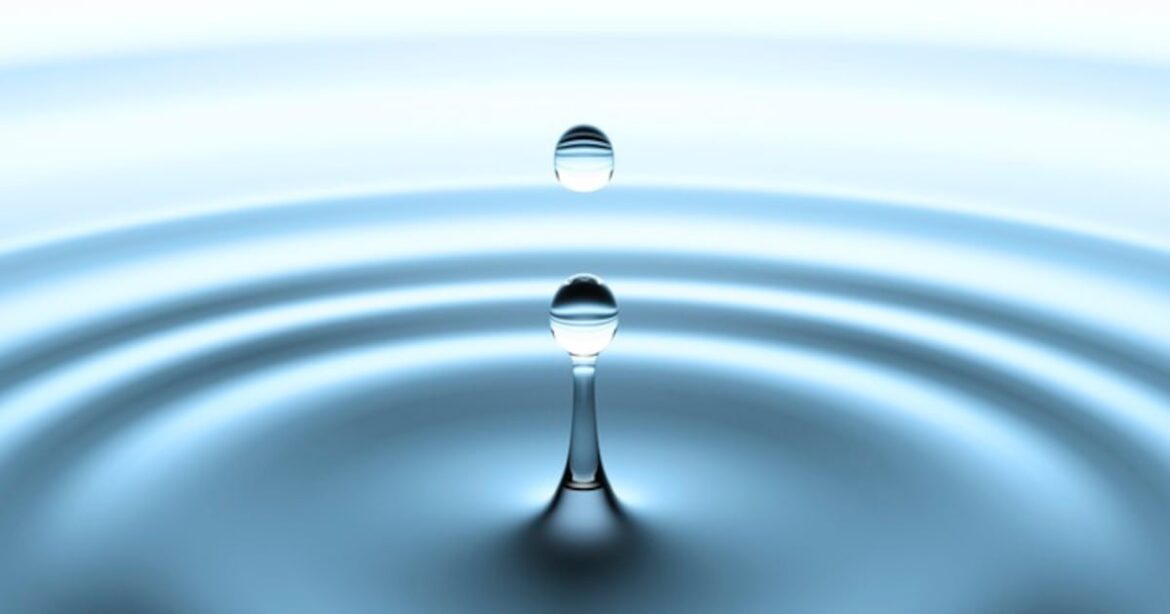‘Forever chemicals’ refer to chemicals from the perfluorinated chemicals group (PFCs) that were christened as such due to incredibly high stability and difficulty of breaking these down in the environment.
Two of the most commonly found PFC variants are PFOS (Perfluorooctane sulfonate) and PFOA (Perfluorooctanoic acid), as these were widely used in many industries and in the manufacture of many everyday products until the 2000s before being banned for environmental and health concerns.
“Japan’s Food Safety Commission conducted a food and health risk assessment study in 2024, and have determined that the tolerable daily intake (TDI) here is 20ng/kg body weight/day for both PFOS and PFOA,” the Japanese Consumer Affairs Agency (CAA) said via a formal statement.
“The Ministry of Environment has decided to regulate PFOS and PFOA under local drinking water quality standards, and at present tap water already has an established standard where PFOS and PFOA content combined may be no more than 50ng/L or 0.00005mg/L of water [to be allowed in the food system].
“Mineral waters are commonly consumed as an alternative to tap water in Japan, therefore it is proposed that the PFOS and PFOA content limit in mineral water be the same as that for tap water moving forth, and that this is included in the regulatory standards for drinking water.”
The agency added that this is unlikely to affect the processing and manufacturing operations of companies producing mineral water, as a recent government survey showed that most existing products are already in compliance with these levels anyway.
“A survey jointly conducted by the Ministry of Health, Labour and Welfare (MHLW), the Pharmaceutical and Food Sanitation Bureau and CAA from 2021 to 2022 found that close to 100% of the 260 mineral water samples surveyed had PFOS and PFOA content far below the 50ng/L limit and most were even below the the lower limit of quantification (2.5ng/L),” it added.
CAA has already stated that this standard is to be scheduled for implementation in 2025, but the industry and consumers still have the opportunity to make any desired public comments via the CAA website.
All products manufactured or imported before April 1 2026 will still be allowed for usage, processing, preparation and to be sold.”
Not for non-sterilised water
However, the proposed new standards will not cover natural mineral waters that have not gone through a sterilisation or disinfection process – here, different conditions take priority in the manufacturing standards.
“Natural, raw mineral water is usually obtained naturally or directly from underground aquifers by drilling [and is prized for its natural qualities] but manufacturers must ensure that this is not contaminated by either pathogens or manmade pollutants,” said the agency.
“The water must test negative for anaerobic bacteria, and also be tightly sealed after being collected directly from the spring and automatically filled into containers.”
“All operations must be carried out in a clean and hygienic manner,
and due consideration must be given in ensuring sanitary conditions, including the environmental protection of springs and water collection points.”


AloJapan.com